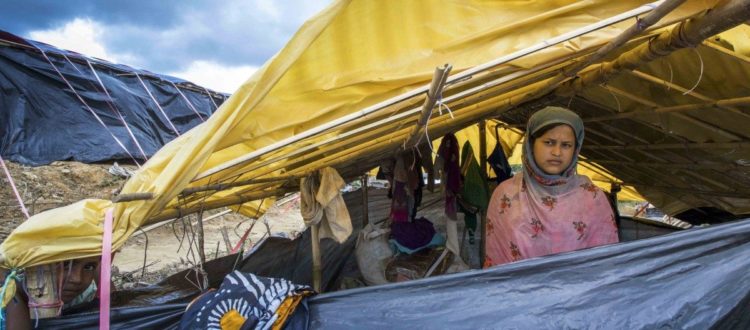Girls Wish for Having Access to Sanitation
World Toilet Day is a United Nations observance each November 19. The subject of World Toilet Day may sound humorous to you as we are used to having access to sanitation. However, for many girls, all they wish is to have access to safe and clean toilets.
One Latrine for 150 People
Since late August, over 600,000 Rohingya people have fled violence in Myanmar’s Rakhine State and arrived in Bangladesh’s Cox’s Bazar. The displaced population, 80% of them children and women, are camping in overcrowded shelters, with limited access to clean water or toilets. In some areas, as many as 150 people have been sharing a single toilet!
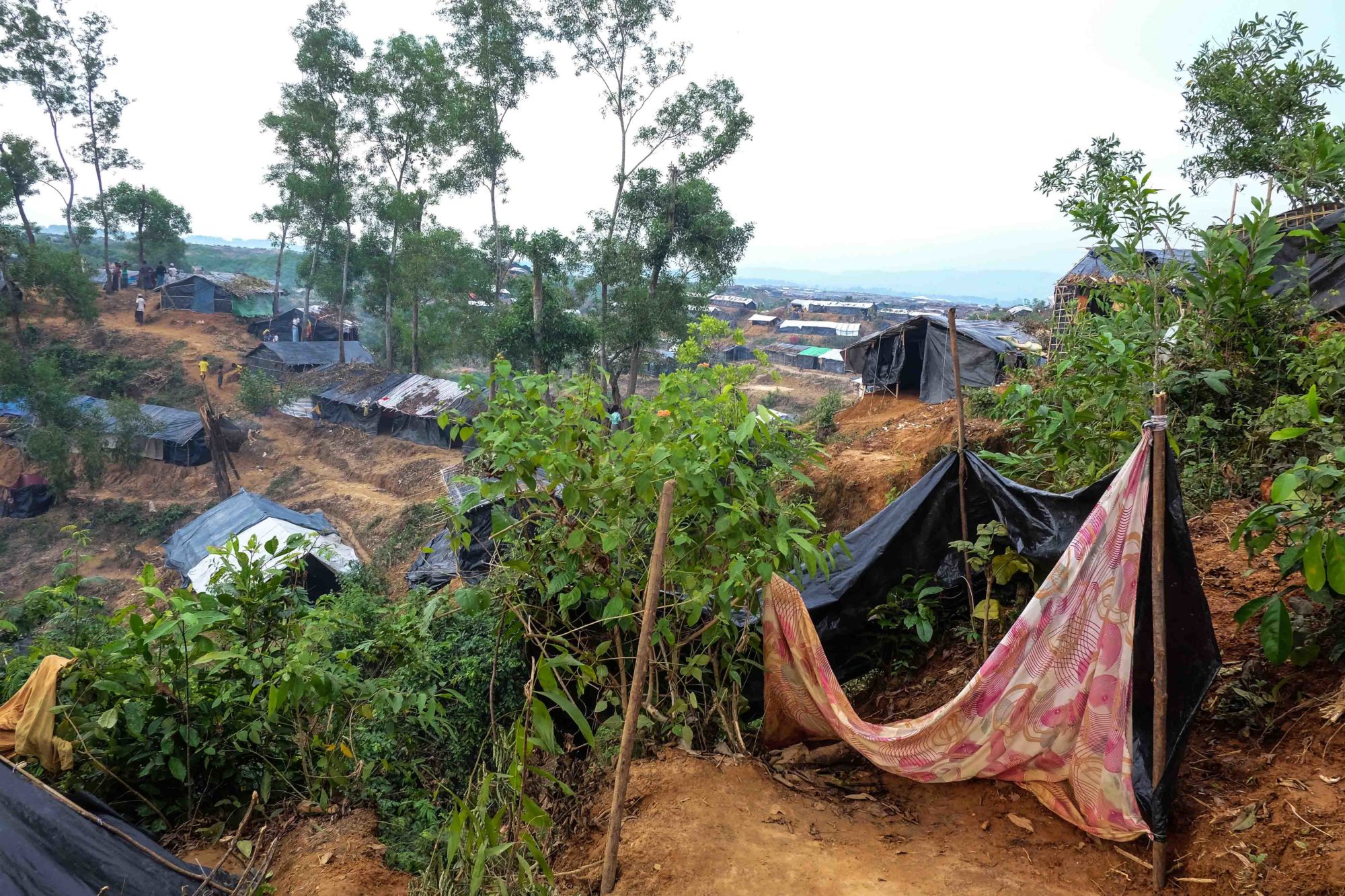
Temporary settlements with limited sanitation facilities are built to shelter displaced Rohingya people.
“In Myanmar, we had a house with a toilet and a hand pump. I used to play with my friends every day,” says Rahana. “But we had to leave our house because it was burnt to the ground. My brother was shot– we are lucky to be alive.”
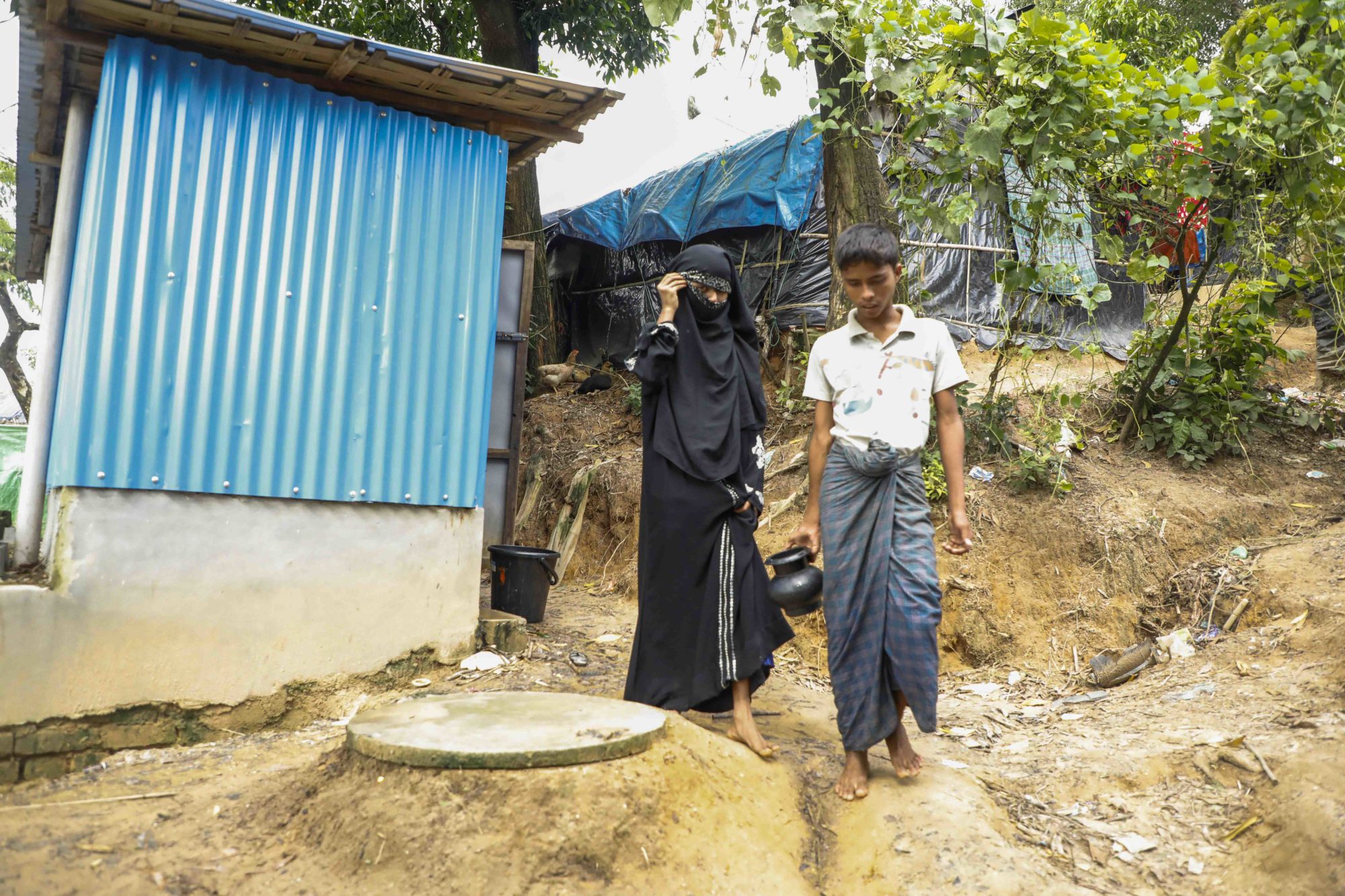
Rahana has to wear a veil and be accompanied by her brother to go to the public toilet.
Camp life is very difficult for Rahana. “There’s only one toilet here. Mostly it is men that go there and we can see a long queue in the morning,” says the fourteen year old. Rahana only eats one meal per day so that she does not use the toilet so often. To avoid being seen, she tries to wait till night time to relieve herself in the jungle. “If I do need to use the public toilet, I have to wear a veil and ask my brother to go with me. I feel scared when men I don’t know stare at me.”
Period Nightmare
Like Rahana, many girls have to access sanitation in late nights, putting them at risk of being sexually assaulted and kidnapped. The lack of sanitation facilities and water resources make menstrual hygiene management extremely difficult.
“During menstruation, I sit in the same place for days because I don’t have any sanitary pads. At night, I go to the bushes with my mother to change my clothes.” Senowara, aged 18, says quietly.
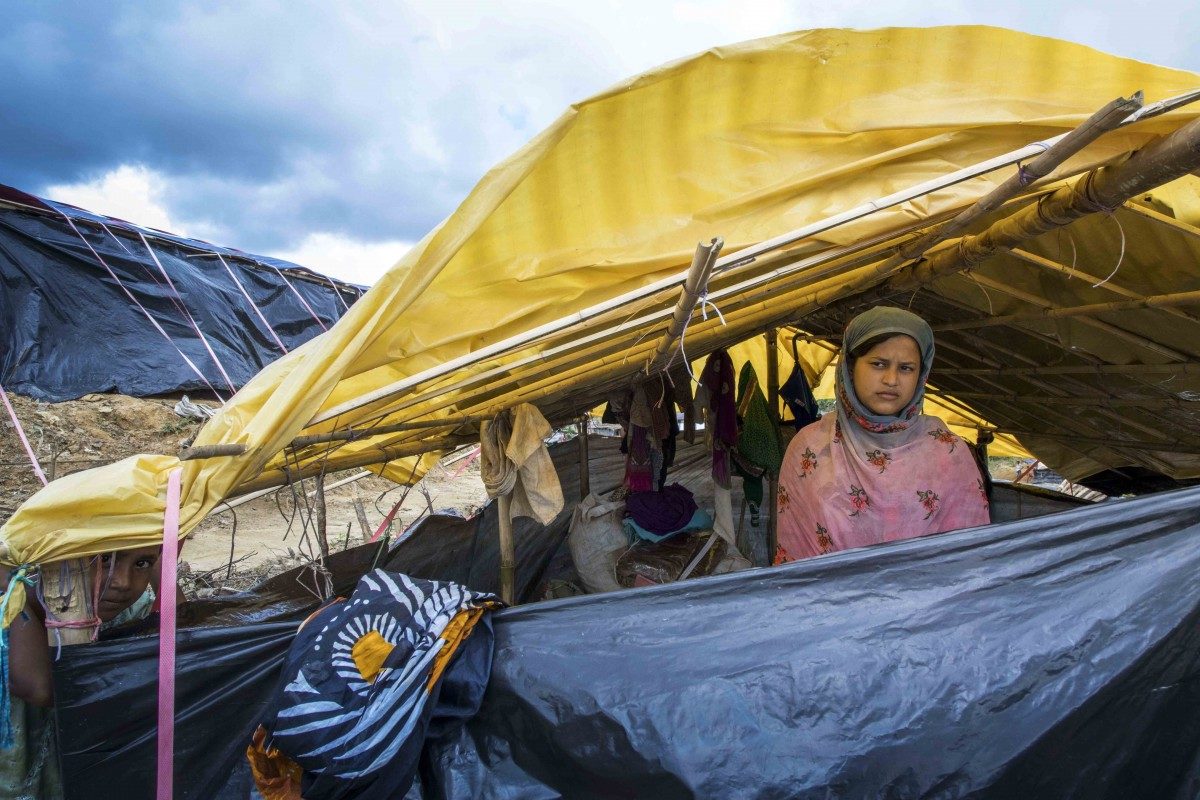
Senowara has to sit inside the tent when having period.
Plan International has launched a humanitarian response to the crisis, targeting the specific needs of adolescent girls and young women. For instance, Plan International distributed 10,000 hygiene kits to people living in the camps. 1,000 latrines and 200 bathing spaces will be installed over the next year, benefitting 180,000 people.
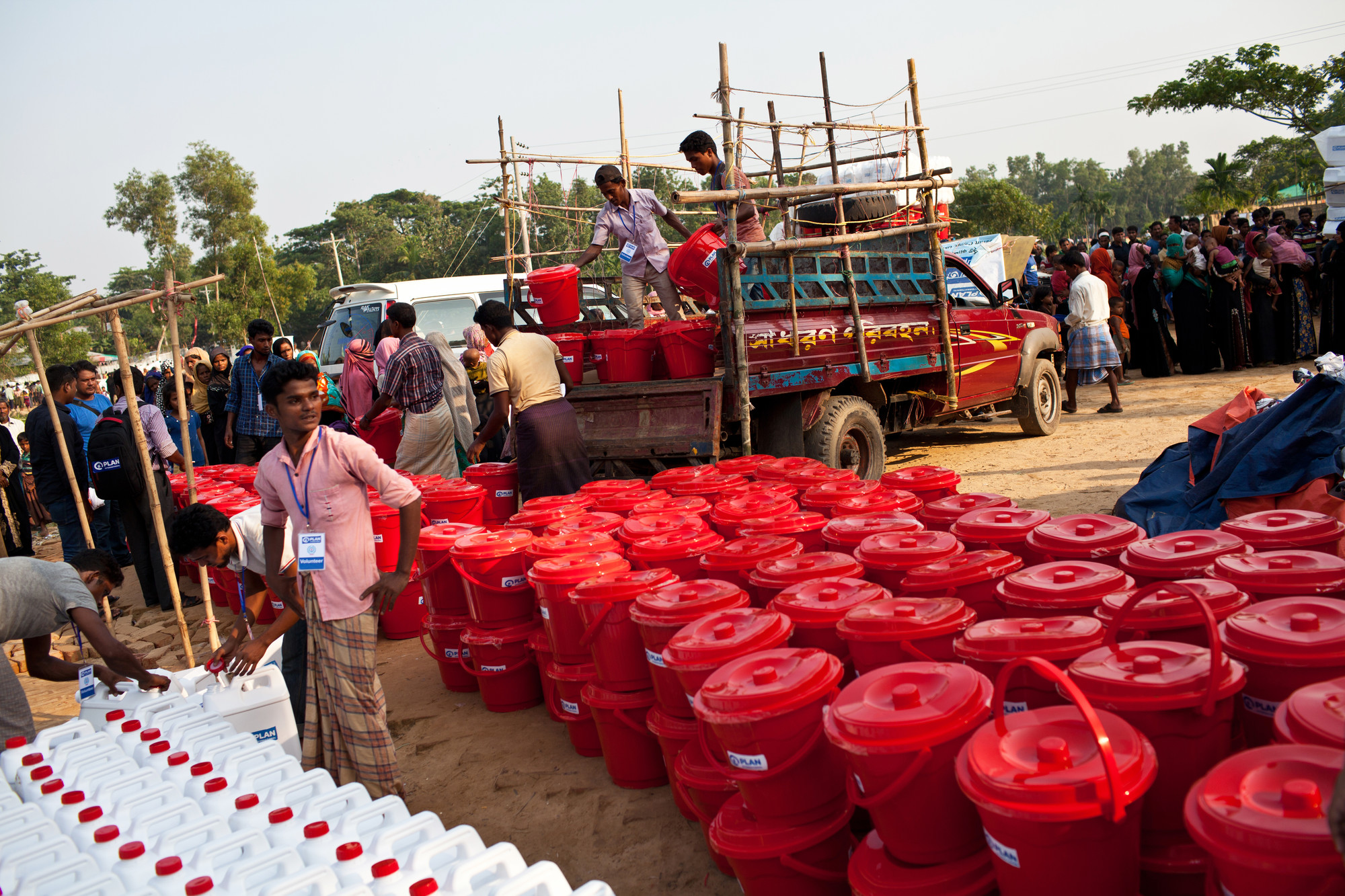
Plan International distributed hygiene kits to the displaced population.
Investment in Water and Sanitation Yields 5 Times Return
Toilets are hard-won luxury in some parts of the world. According to the United Nations, around 60% of the global population – 4.5 billion people – lives without a household toilet that safely disposes of their waste. Meanwhile, 862 million people worldwide still practise open defecation, which leads to the spread of diarrhea, cholera and other water-borne diseases.In developing countries, about 65% of primary schools do not provide separate toilets for boys and girls. Studies have shown that there will be an increase in girls’ enrollment when there are separate toilets for girls at schools.
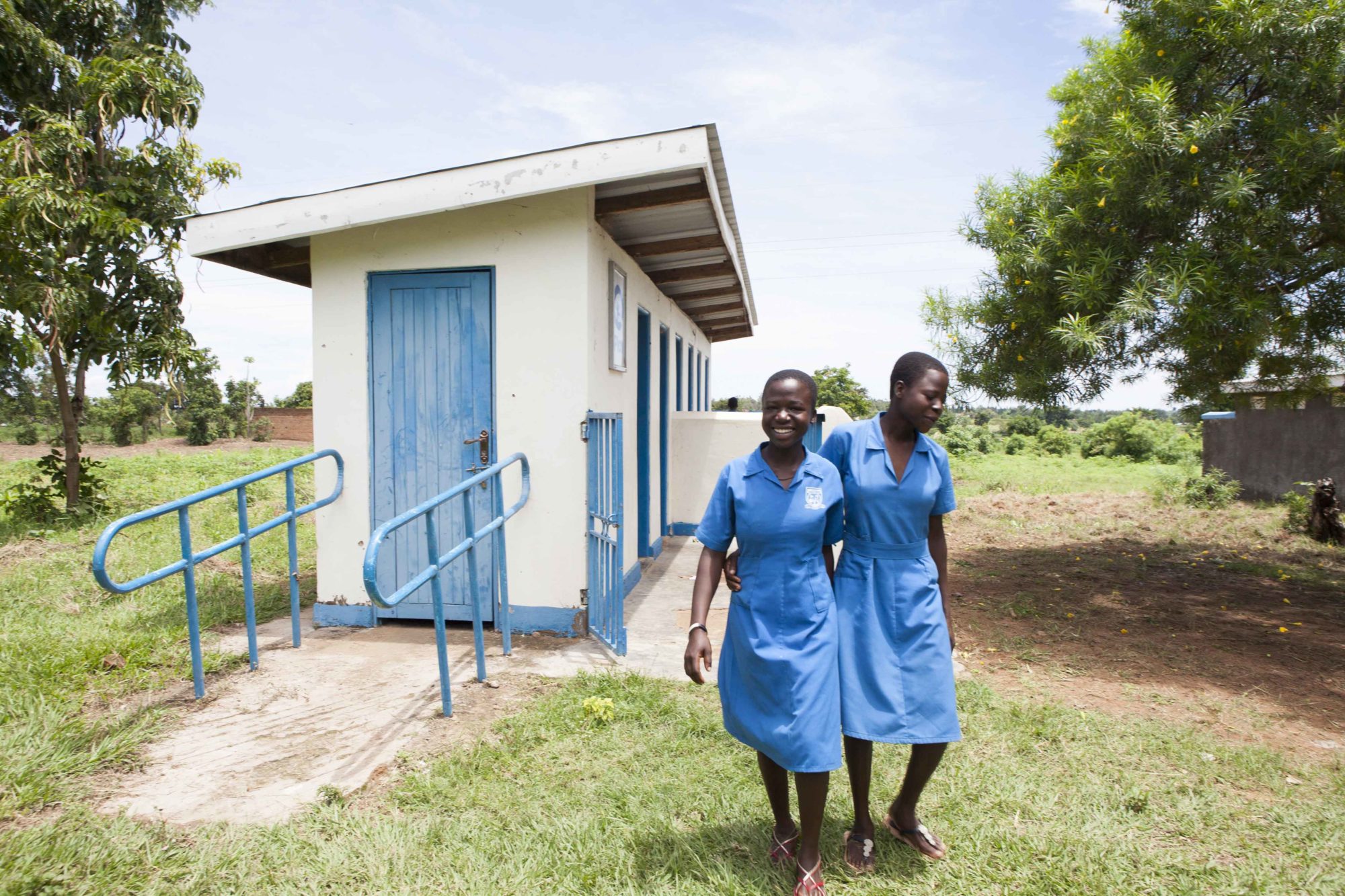
Toilets in schools help keep girls in school. Girls in Uganda are happy with the toilet block built by Plan International.
The Sustainable Development Goals adopted by the United Nations in 2015 calls for achieving access to adequate and equitable sanitation and hygiene for all and end open defecation, and pays special attention to the needs of women and girls by 2030. Plan International has been implementing WASH programmes in developing countries, benefitting over 6.3 million people in 2017 alone.
A World Health Organization study calculates that for every US$ 1 invested in sanitation, there is a return of US$ 5.5 in lower medical costs, more productivity, and fewer premature deaths. This World Toilet Day, let’s us be grateful for the sanitation facilities we have, and look for ways to help those who are in need!
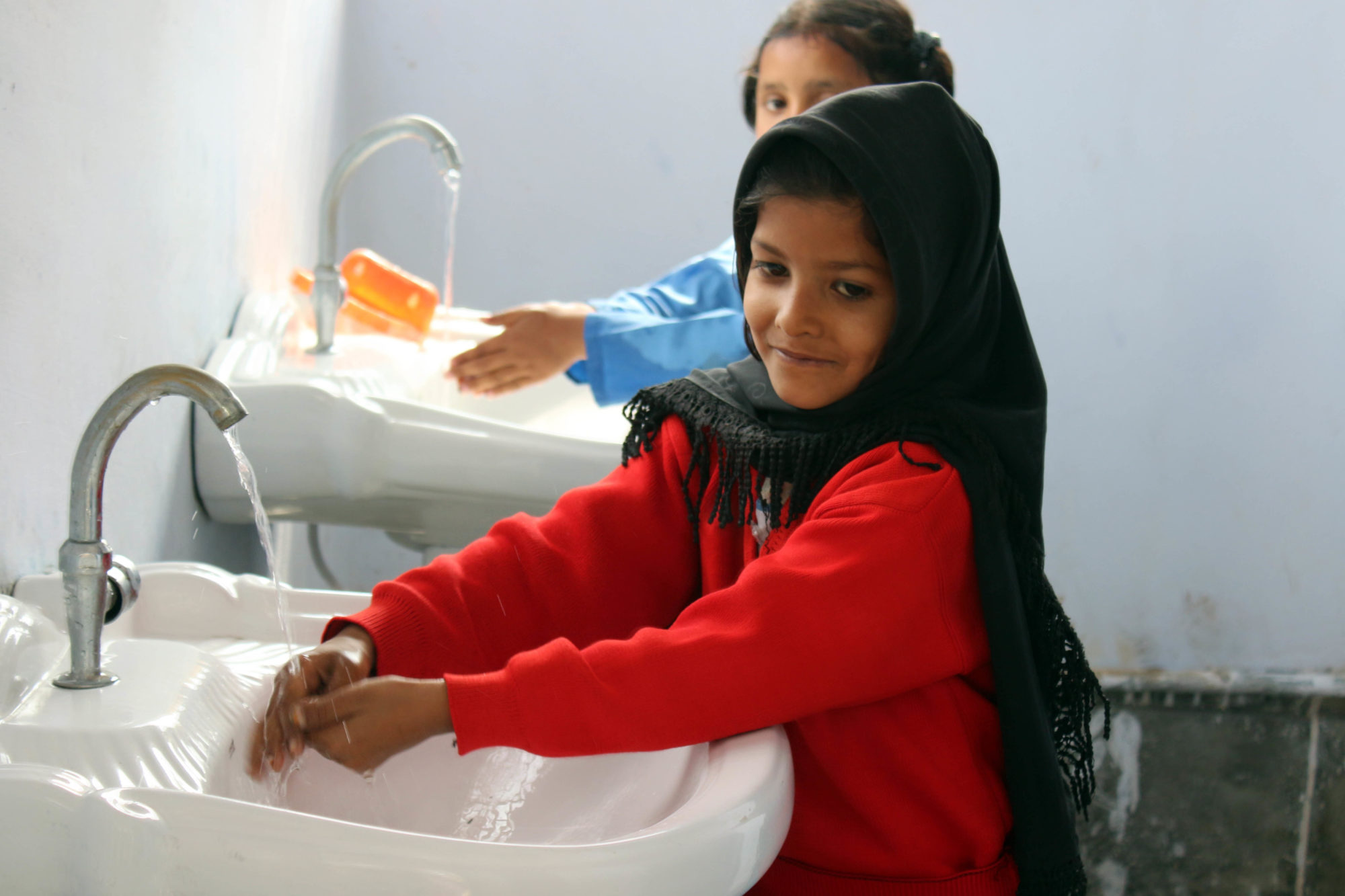
Toilets helps prevent children suffering from diseases like dysentery.
